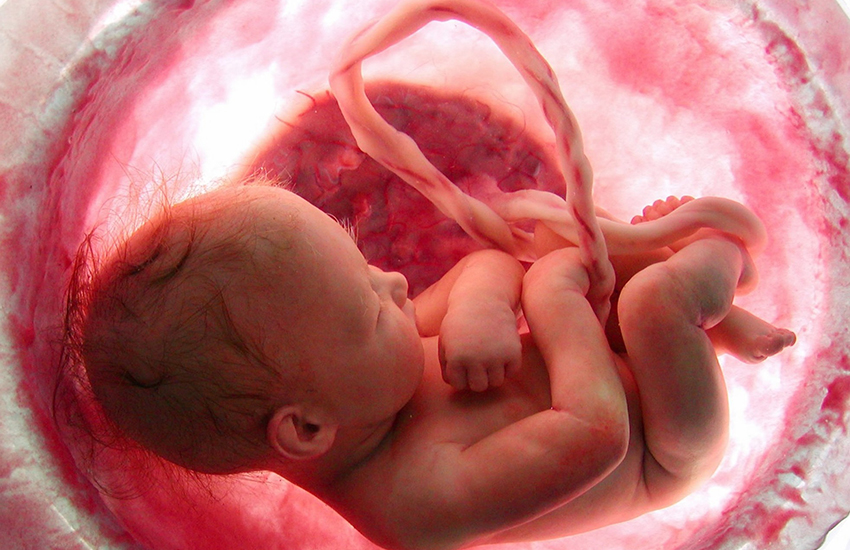Umbilical Cord
Birth means the joining of a new individual to the family and society, a woman becoming a mother, and the bonding of the baby and the mother at the same level even if they are no longer in the same body. Yes, childbirth involves certain risks. The lives of our babies and mothers are at stake. However, we have exaggerated the task of taking precautions and making the necessary interventions when necessary that we have forgotten that birth is actually and most of the time a natural physiological function. For the last few centuries, we've been taking the baby under the heater as soon as it's delivered and seeing if it's okay. We have to cut the cord so we can take it. Almost everywhere the cord is cut immediately, separating mother and baby.
The baby in the womb is fed through the placenta. The baby's heart pumps blood to the placenta with 2 arteries. The blood is cleaned in the placenta and returns to the baby through a vein. One third of the baby's circulating blood is in the placenta and cord. This is called "cord blood". The blood there is the baby's blood. After all, the placenta is an organ of the baby. When the baby is born, the placenta is still in the mother's womb, the baby is outside. Within 45 seconds, the arteries close by contracting. The baby's heart stops pumping blood to the placenta after about 45 seconds. The only vessel that remains open is the vein, and the direction of flow is towards the baby (unless the baby is held far above the placenta).
World Health Organization (WHO) early cord clamping and cutting as a 1-minute postpartum period; he defined delayed cord clamping as 2-3 minutes after delivery or after the end of cord removal (Word Health Organization 2013). Clamping and cutting the umbilical cord carries a much deeper meaning than the technical separation of mother and baby. While it is accepted that the transition to life of the newborn occurs with a physiological sequence of events, it has been realized that the time of umbilical cord clamping has important effects on the health and well-being of the newborn in this sequence of events. It has been determined that waiting at least 30-60 seconds to cut the umbilical cord has positive effects on the baby, increases blood volume, reduces the need for blood transfusion and reduces the risk of intracranial hemorrhage in premature newborns.
On the other hand, studies have shown that babies whose cords are cut late are more likely to have a higher bilirubin value or to have polycythemia in the laboratory. However, increased "disease" due to delayed cord clamping was not reported in any study. In other words, although higher bilirubin values are detected, jaundice is not seen more frequently. Or, to put it another way, "do we hurt the baby by cutting the cord too late?" The concern has proven to be unfounded.
Of course, if there is a problem in the postpartum baby and urgent intervention is required, it cannot be considered whether the cord clamping time should be before or after, and what is necessary to intervene as soon as possible is done. What I want to tell here is to ensure that a healthy baby born without any problems has skin-to-skin contact with the mother first, and while they are in the process of bonding, I clamp the umbilical cord late and wait for the baby to get all the wounds it needs to get from this blood.
All babies have the right to start life in the best conditions, as soon as the baby is born, he should rest in skin-to-skin contact in his mother's arms, while he should take the blood of his cord into his body for at least one minute. Unless there is a medical necessity, this process should not be disrupted and it is our wish to increase the births under these conditions.



.jpg&w=100&h=89)

